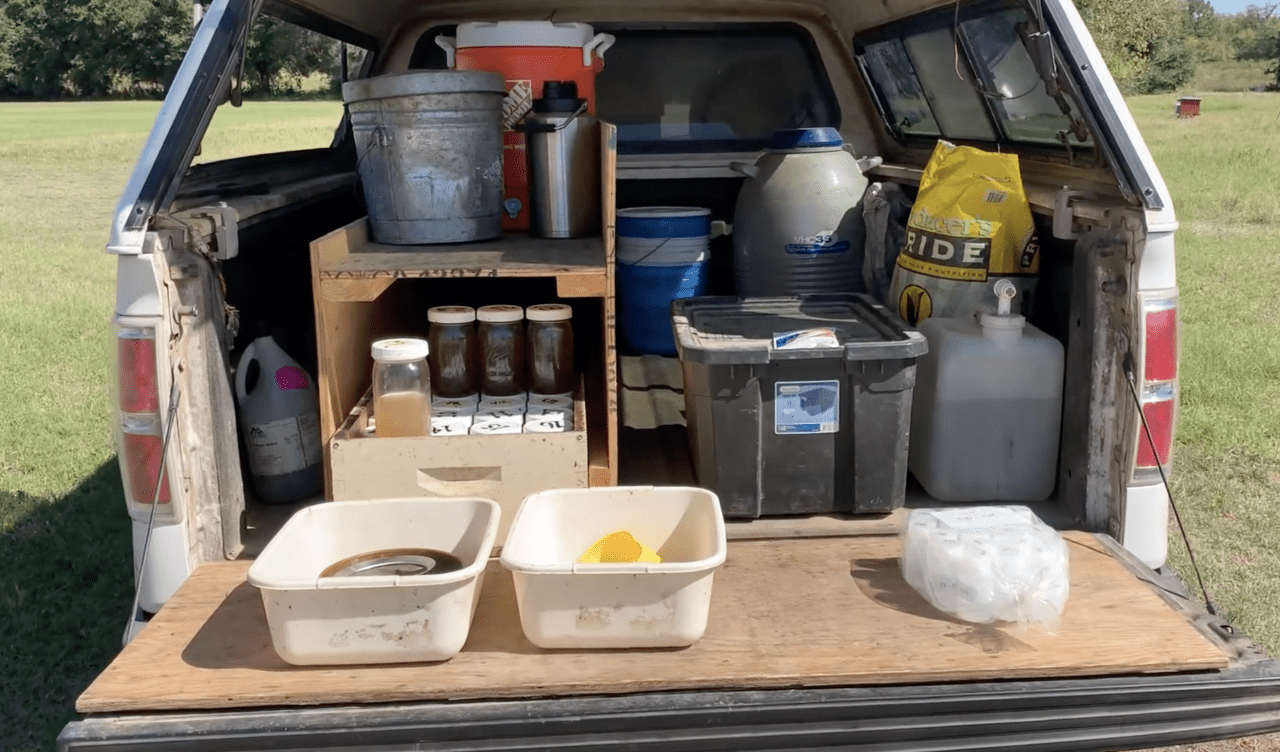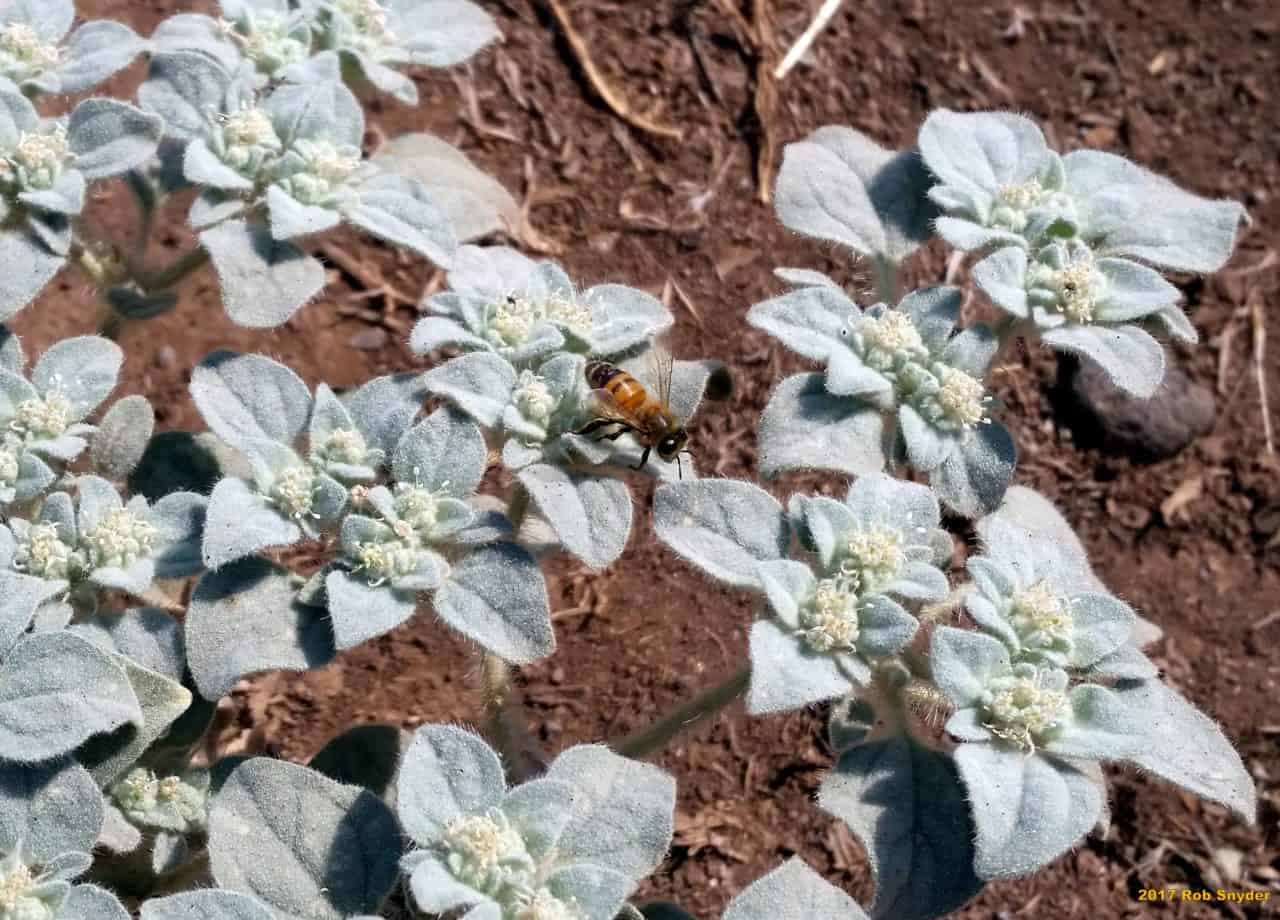Earlier this month, we posted a blog about some of the logistics behind the exhaustive work that the Tech Transfer Team Program accomplishes and our Board has highlighted some of the impacts they have made. Our Honey Bee Health Field Specialists drive around the country to inspect, sample, diagnose, report and consult on honey bee colony health and management practices. As reported, they drive A LOT! Their work truck functions like a mobile laboratory, filled with inspection and sampling equipment and there are many reliable electrical system you can count on to finish this work efficiently. You can read more about their truck content in…
Category: Tech Teams
The NEW Honey Bee Discovery Center in Orland
A few weeks ago, I was invited to the Honey Bee Discovery Center Kick-off and Exhibit Preview in Orland, California. This event was followed by the Queen Bee Festival the day after. The Honey Bee Discovery Center is ‘the first interactive exhibit and museum of its kind’. It highlights the history of beekeeping from hobbyists, sideliners and commercial operators’ perspectives, and features the evolution and breakthroughs in equipment, pollination and art inspired by bees. Inside the center, one can find multiple showcases of vintage bee equipment related to all apicultural activities, complete with an observation hive near the center of the room. All around the new…
New BIP Team Perspective
Forward: For my first blog post I was asked to write about my perspective of joining BIP as a tech transfer team member. I have been in the field so much that I am just now getting around to it. I hope this blog accurately captures both the factual and emotional aspects of becoming a BIP tech team member. So here it goes... It’s About The Bees! As one of the rookies on the Bee Informed Partnership (BIP) tech transfer team, I feel incredibly lucky to have joined BIP at such an interesting time for the organization, and for the beekeeping industry itself. On the first…
2019 California Spring Update
Many California beekeepers reported that the start of this year was the worst in 20+ years. Several factors contributed to this year’s issues, starting with the numerous fires last year causing nearly 3 months of smoke in the area. Once the days got longer, queens started laying but the temperatures dropped again and egg laying stopped once more resulting in smaller colonies after almonds. In fact, most colonies were 2-3 weeks or even a month behind, which delayed the start of queen production. Many producers had to source bulk bees from beekeepers further south to begin starters, builders and nucs. Once queen producers started generating…
It’s Cold (and Wet) Out There
I don’t know what the groundhog did or saw this year, but according to the calendar it’s still winter. The first day of spring is still a month away. If you’re a pollinator or grower of almonds, you’re hoping weather conditions up and down the central valley of California become more favorable for flight activity than they have been. I recently returned from 2 weeks of inspecting and sampling colonies where conditions were cold, wet, and windy. These conditions delayed onset and slowed progression of the almond bloom and are forecast to continue. Frequent updates on the progression of bloom and conditions for flight…
Wintering Sheds: Why are more North American beekeepers overwintering their bees in cold storage?
More and more US beekeepers are starting to place their bees in sheds for the fall, for indoor wintering. While beekeepers in Canada have done this for decades, the popularity of the practice in the US is more recent. Beekeepers began by using structures already built for onion and potato storage in Idaho to house their bees in the fall. One Stop Self Storage was built with an intent to help beekeepers and to create good environment for bees .These beekeepers then remove the bees in January, and bring them to California for almond tree pollination. Many beekeepers are still using old potato and onion…
Everything is Bigger in Texas
I have been working in Texas for the Bee Informed Partnership since May, 2017. Many US commercial honey bee colonies are part of migratory beekeeping operations, so I have been on the road a great deal of the last 5 months helping beekeepers monitor the health of their colonies. I have been in a lot of bee yards in the Dakotas this past summer, and I’ll be going to California when the hives are trucked there to pollinate the almond orchards in the spring. Some of the beekeepers I work with keep their bees in Texas all…
Northern California Summer Update 2017
In northern California, after a wet winter and spring it has been a really dry and hot summer. In the spring I saw a lot more chalkbrood than normal, something that was noted nationwide by our other teams. Below are a few images of some of the worst cases photographed. It has been the hottest summer in the 6 years I have lived in northern California, with many weeks above 100F. I was able to document how dry it has been this summer as I traveled around and sampled honey bee colonies for BIP. Other than the heat, beekeepers in northern California have been dealing…
Carolina Jessamine Part 2: does it harm native bees?
This is my second post on the Carolina jessamine plant. The first post covered the effects of Carolina jessamine pollen on Honey bee colonies. The adult bees can become less active and die, and brood can die as well. But the Carolina jessamine plant is native to the Southeast United States. Honey bees are not. They were brought to the Americas by humans. This means that honey bees have not co-evolved with Carolina jessamine the way that native bees have. Do the chemicals in the plant affect native bees as well? I did a literature search to look for answers to this question. I was able to find…
Hi from Phoebe Koenig, new Midwest Tech Team Member
Hi! I’m a new member of the Midwest Tech Team, and am looking forward to meeting many of you in the future. Here is a little bit about my honey bee background and my motivation for getting involved in the Bee Informed Partnership: I first became interested in honey bees when I was taking an animal behavior class as a college undergraduate. It fascinated me that so many individuals help the queen reproduce, sacrificing their own reproduction. I wanted to learn the theories underlying this phenomenon, and found that the more I learned, the more my interest in bees was cultivated. I wanted to learn…


